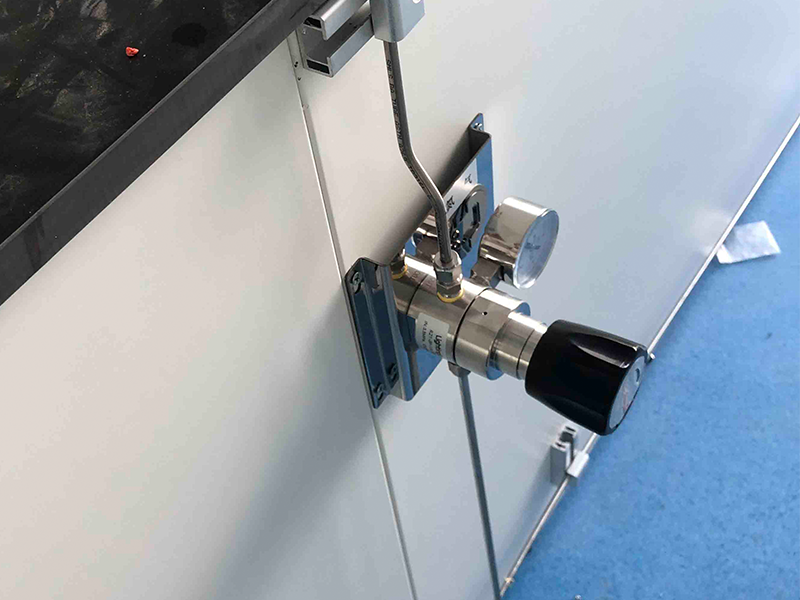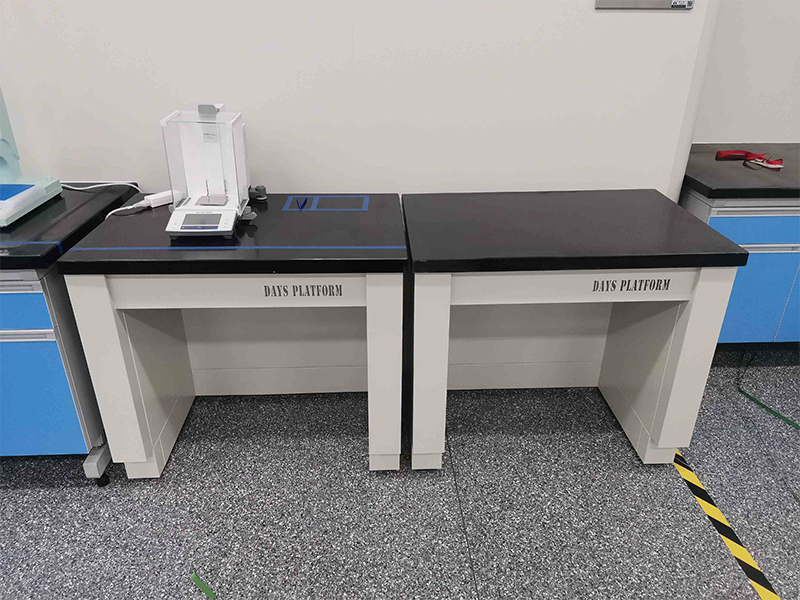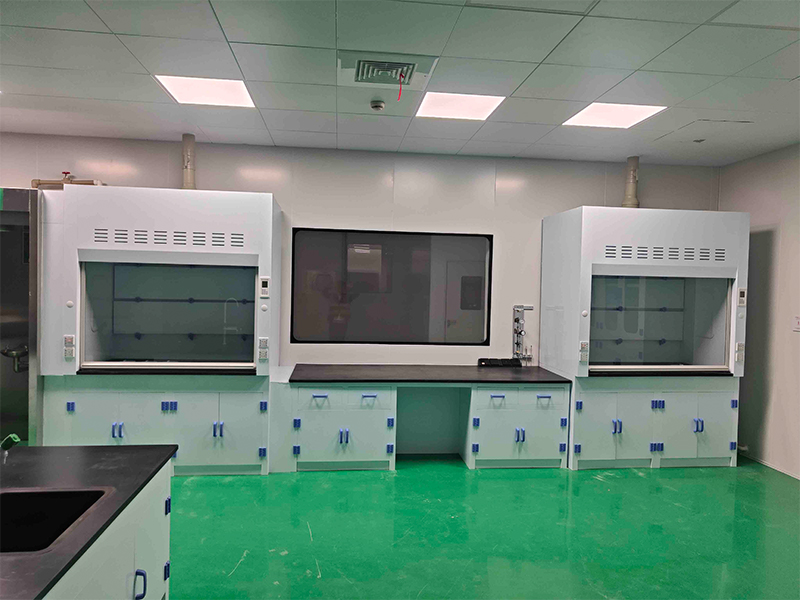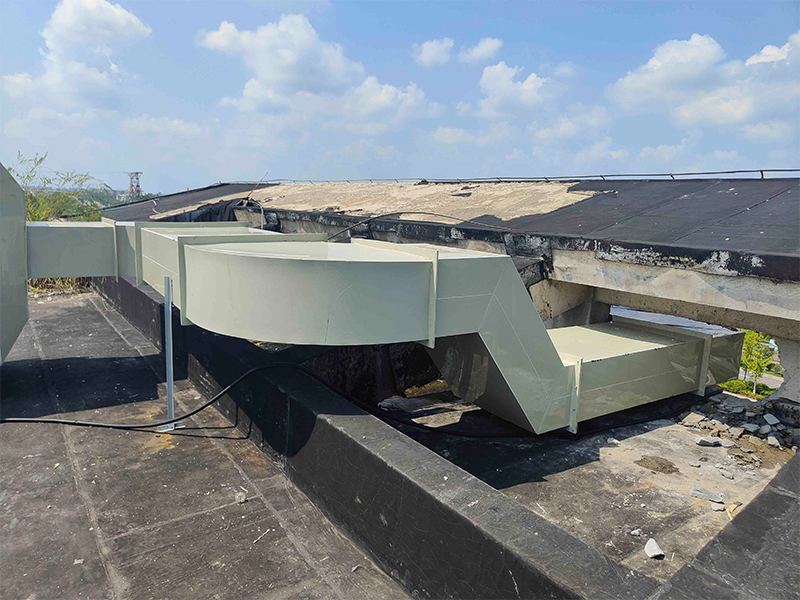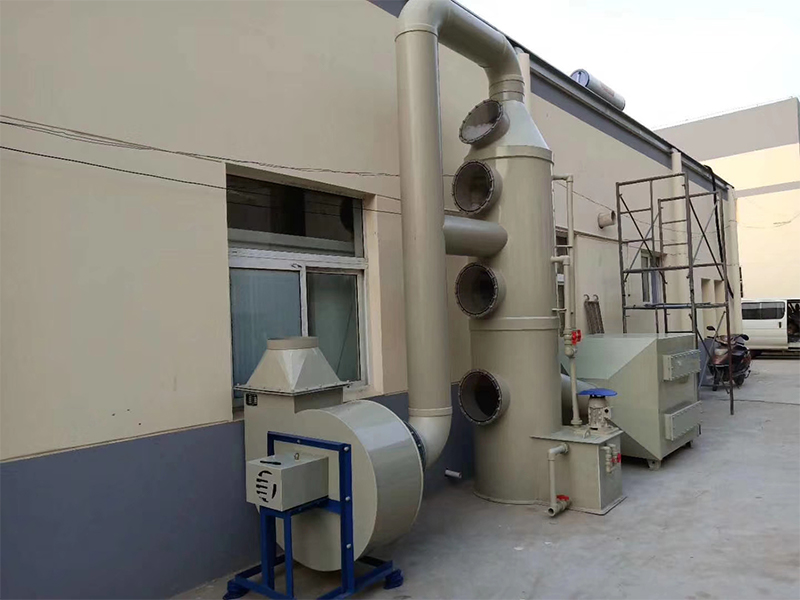Let’s be honest—if you’re working in a lab, you know how annoying it is when your fancy new balance acts like it’s riding a rollercoaster. Those little blips and jitters? Yeah, they’re basically accuracy’s worst nightmare. Enter the Laboratory Balance Bench, aka: the unsung hero holding your whole setup together.
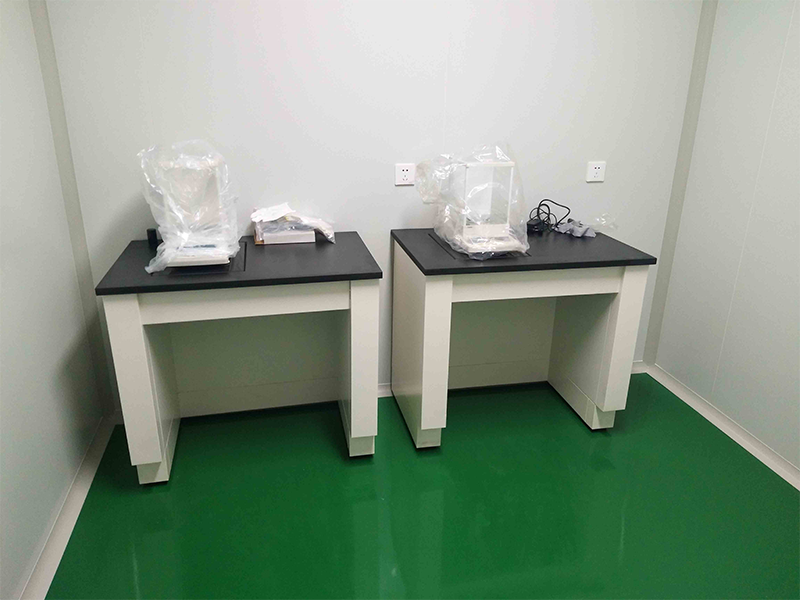
Most folks outside of labs don’t really get what the fuss is about, but honestly, the difference is wild. Pretty much anything—a slammed door, a heavy step, or that ancient HVAC kicking in—can send tiny shakes rippling through your tables and split your measurements off by a mile. Sensitive gear like analytical balances, spectrometers, or even your overworked microscope? Super picky about that stuff.
So how do these anti-vibration benches help? Well, it’s not rocket science (okay, maybe a little). The basics: they’re built tough, usually with steel or aluminum frames that seriously don’t budge. The pros throw in thick isolation pads and floating surfaces—to absorb all that unwanted motion like a magic sponge. The higher-end ones? Oh, they go full sci-fi, using pneumatic systems or active vibration killers that make even the wobbliest lab floors look like bedrock.
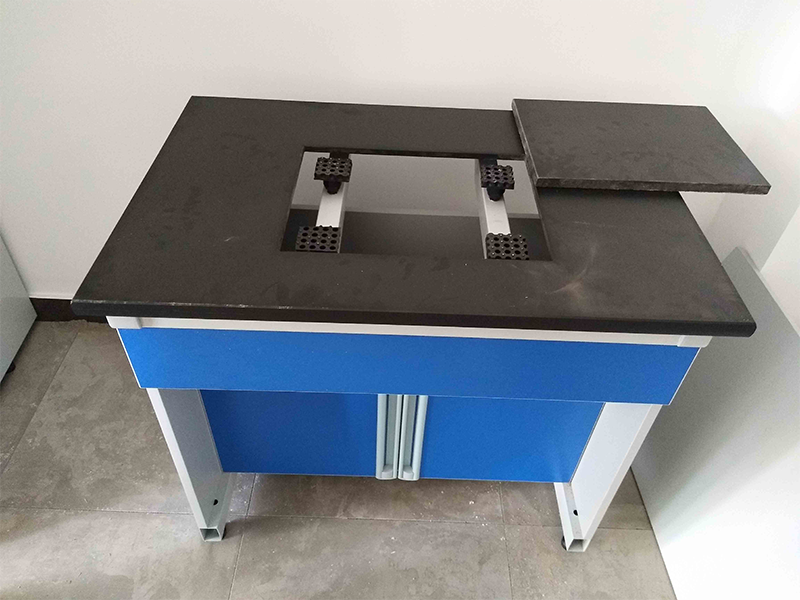
Here’s another thing nobody tells you: location MATTERS. Want less shake? Get that bench away from the main walkway or anywhere equipment rumbles along. Adjustable feet make the setup super customizable — it’s kind of like giving your instruments their own penthouse suite, minus the concierge.
Bottom line: slap your sensitive doodads on a good anti-vibration bench and boom—your data gets instantly more trustworthy. Less noise, fewer errors, way more reliable results. Not exactly “sexy” furniture, but for literally any science worth doing, these benches are low-key superheroes. Mission-critical, for real. So next time you’re double-checking results for the millionth time, ask yourself—do I need a better bench? (Spoiler: probably.)

